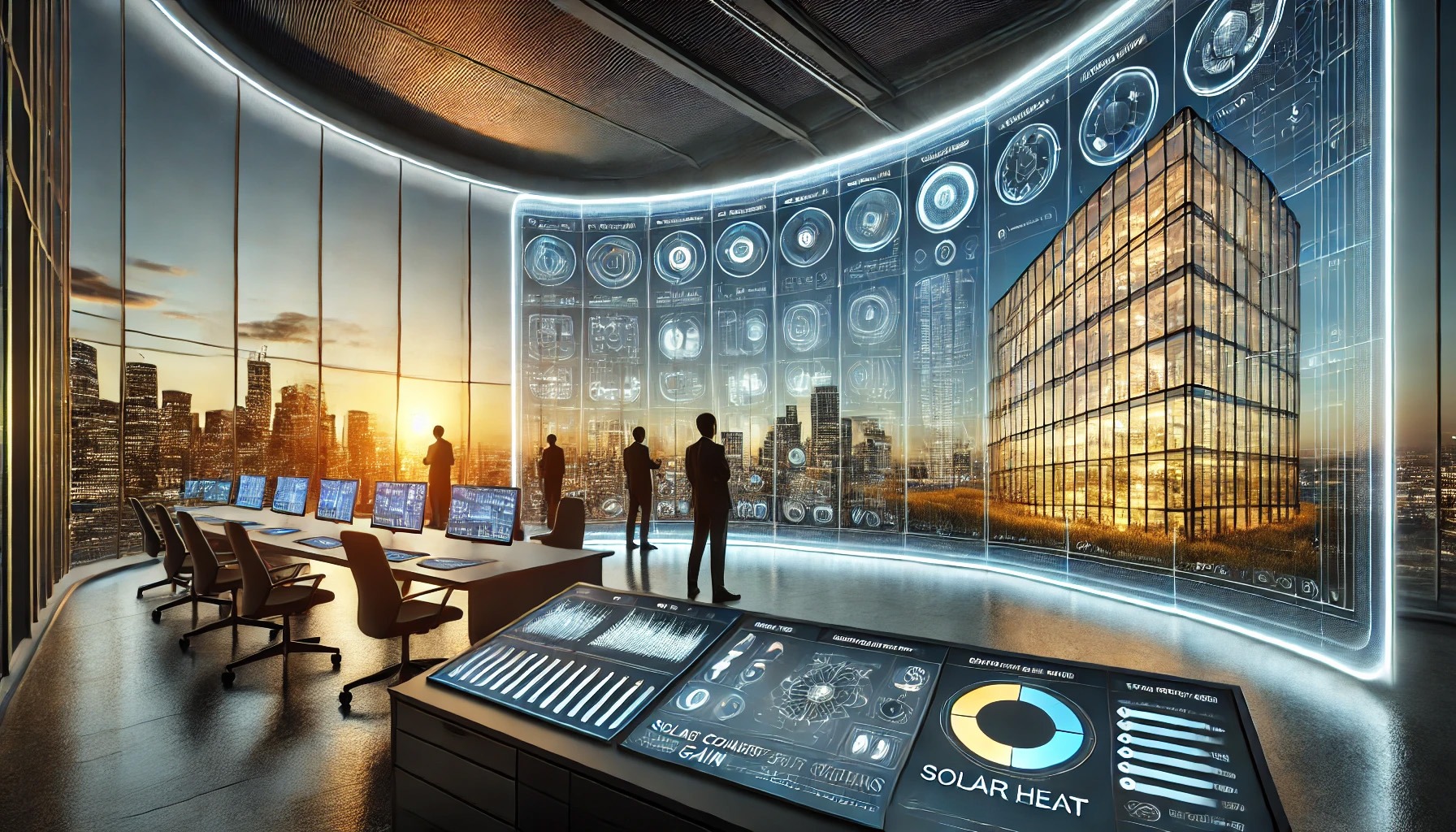
Revolutionizing Glass Simulation: The VitroSphere Advantage
In the ever-evolving world of architecture and building design, innovation is key. Vitro, a leader in glass manufacturing, has taken a giant leap with its refined VitroSphere Digital Glass Simulator. This advanced tool allows architects and designers to visualize the performance of glass in varied lighting conditions while optimizing energy efficiency and aesthetics.
The Importance of Simulations in Architectural Design
As design projects become increasingly complex, the analytical tools that accompany them are also in need of enhancement. Simulators like VitroSphere serve as critical assets by providing accurate predictions of a glass's performance metrics, such as solar heat gain, visible transmittance, and reflection. This scientific approach not only helps in making informed decisions but also considerably reduces trial and error in material selection, consequently saving both time and money in the design phase.
Exploring the Features of VitroSphere
The refinements in the VitroSphere simulator include user-friendly upgrades that allow designers to rapidly adjust variables such as glass coatings and thickness while visualizing the resulting effects in real-time. This dynamic interface enables professionals to experiment with multiple design concepts before arriving at an optimal solution. Furthermore, its compatibility with BIM (Building Information Modeling) software solidifies its stance as a valuable part of the digital design ecosystem.
Impact on Return on Investment
For project managers and stakeholders, understanding the return on investment (ROI) from using advanced simulators like VitroSphere is crucial. By reducing the time spent on revisions and ensuring precise material selection from the start, these tools can enhance overall project efficiency. This translates into cost savings, increased property value, and a much smoother commissioning process, reflecting a modern approach to sustainable design.
Future Trends in Glass Performance Simulation
As we look to the future, the integration of AI-driven analytics and augmented reality into platforms like VitroSphere is anticipated. Such innovations may not only improve the precision of simulations but could allow for an immersive design experience, where stakeholders can virtually walk through their projects and witness potential outcomes firsthand.
Taking Action with VitroSphere
For architects and designers pining to elevate their project quality while ensuring sustainability, engaging with innovative tools like the VitroSphere Digital Glass Simulator is essential. Those interested in maximizing their designs for energy efficiency and aesthetic appeal should explore this transformative platform, as it has been meticulously crafted to meet the demands of today’s architectural challenges.
 Add Row
Add Row  Add
Add 




Write A Comment